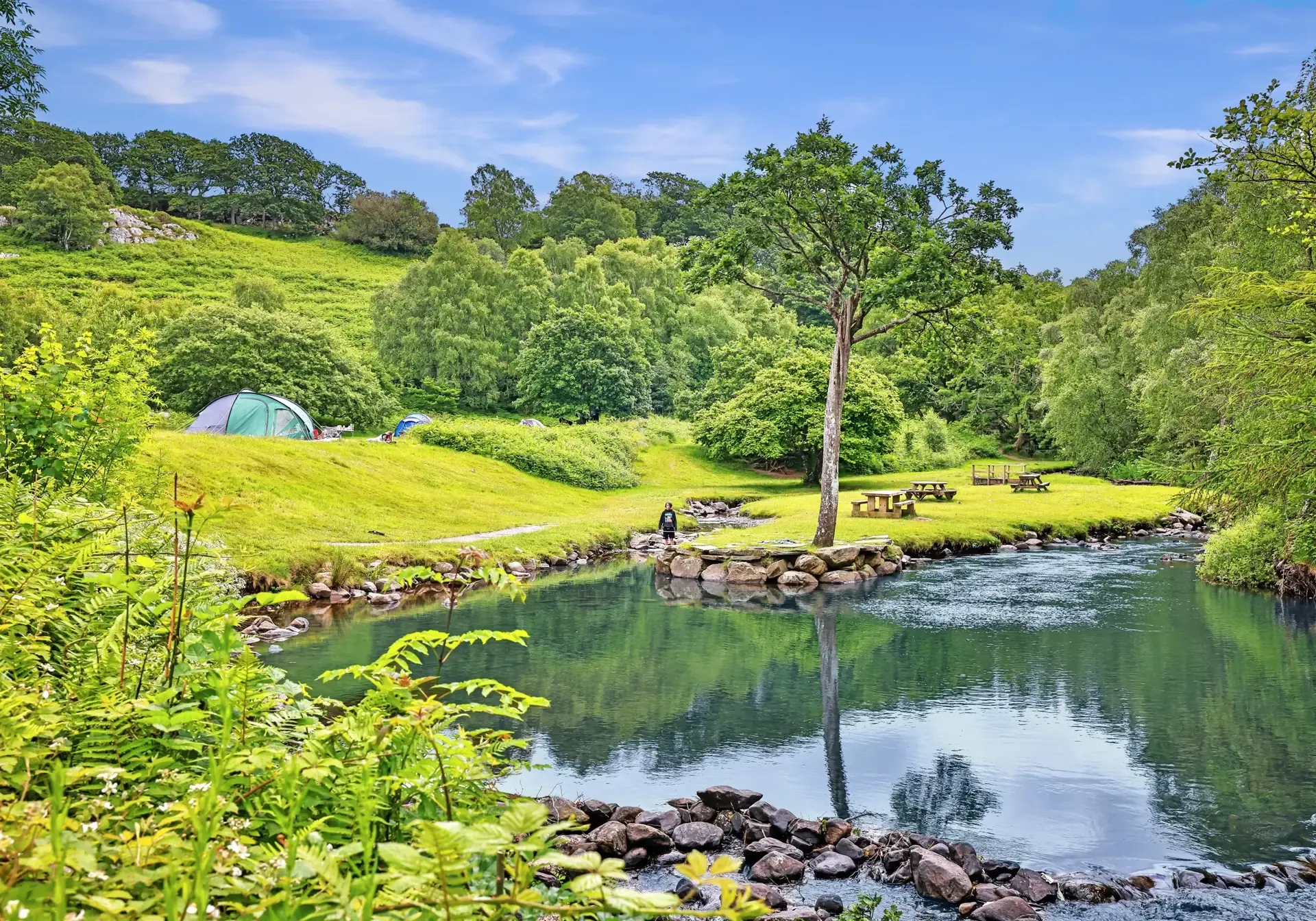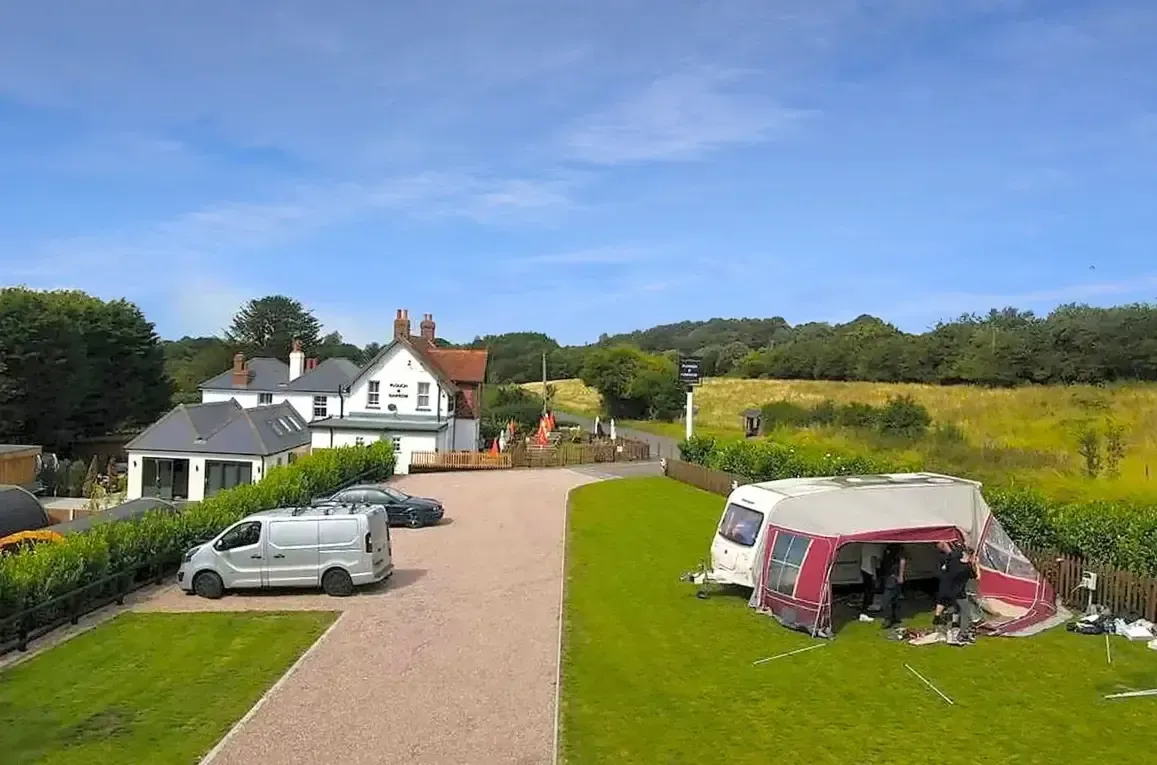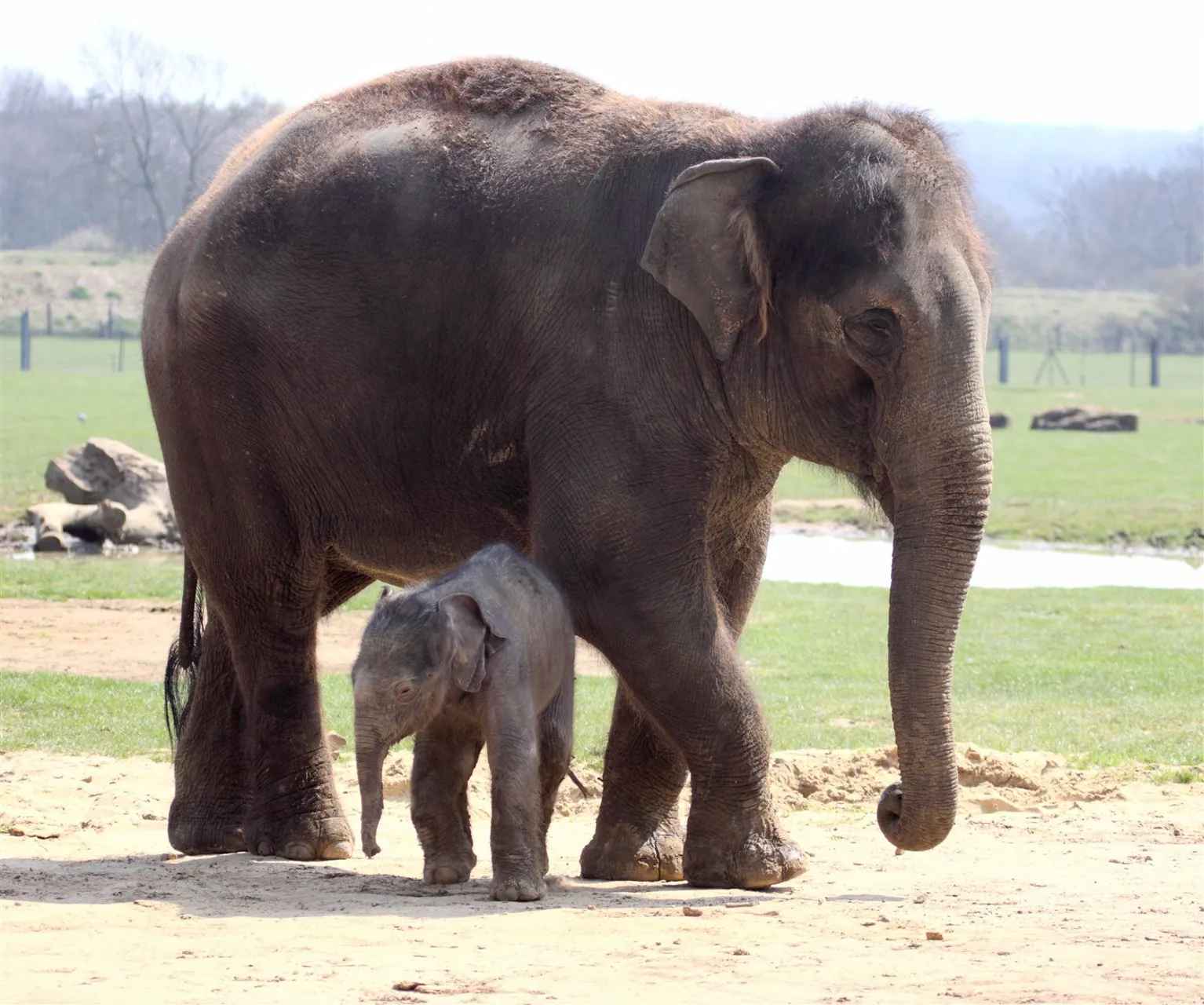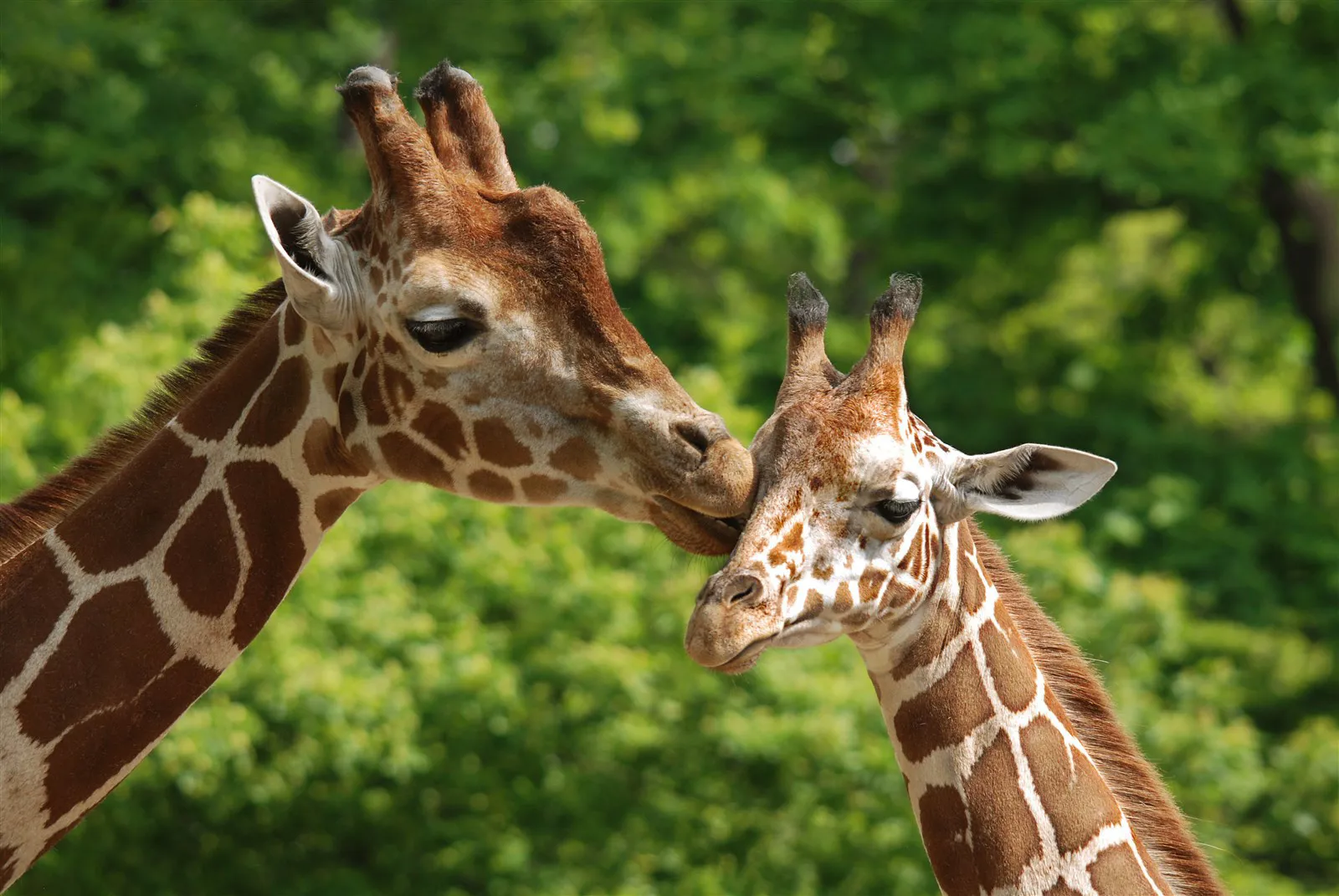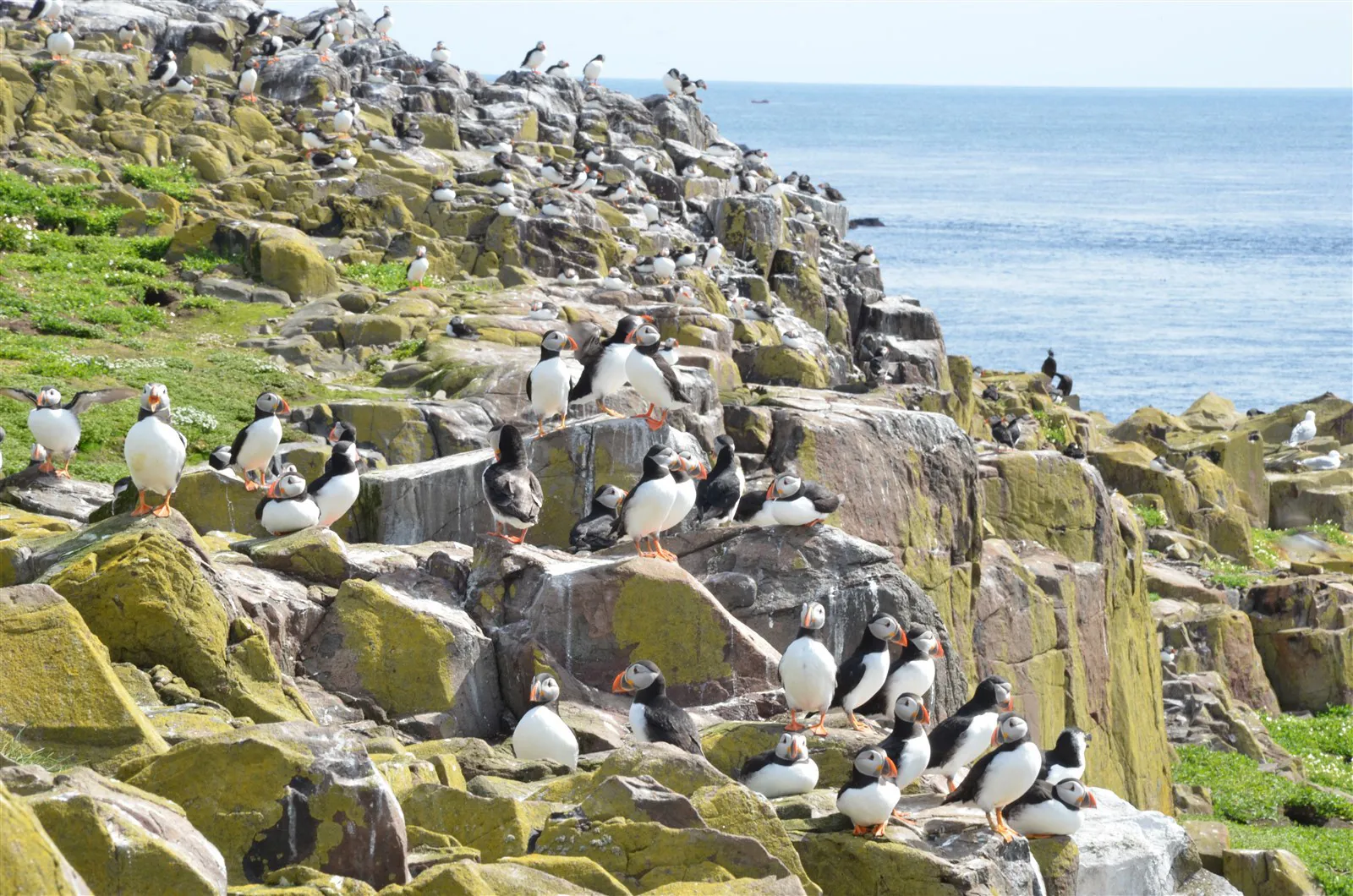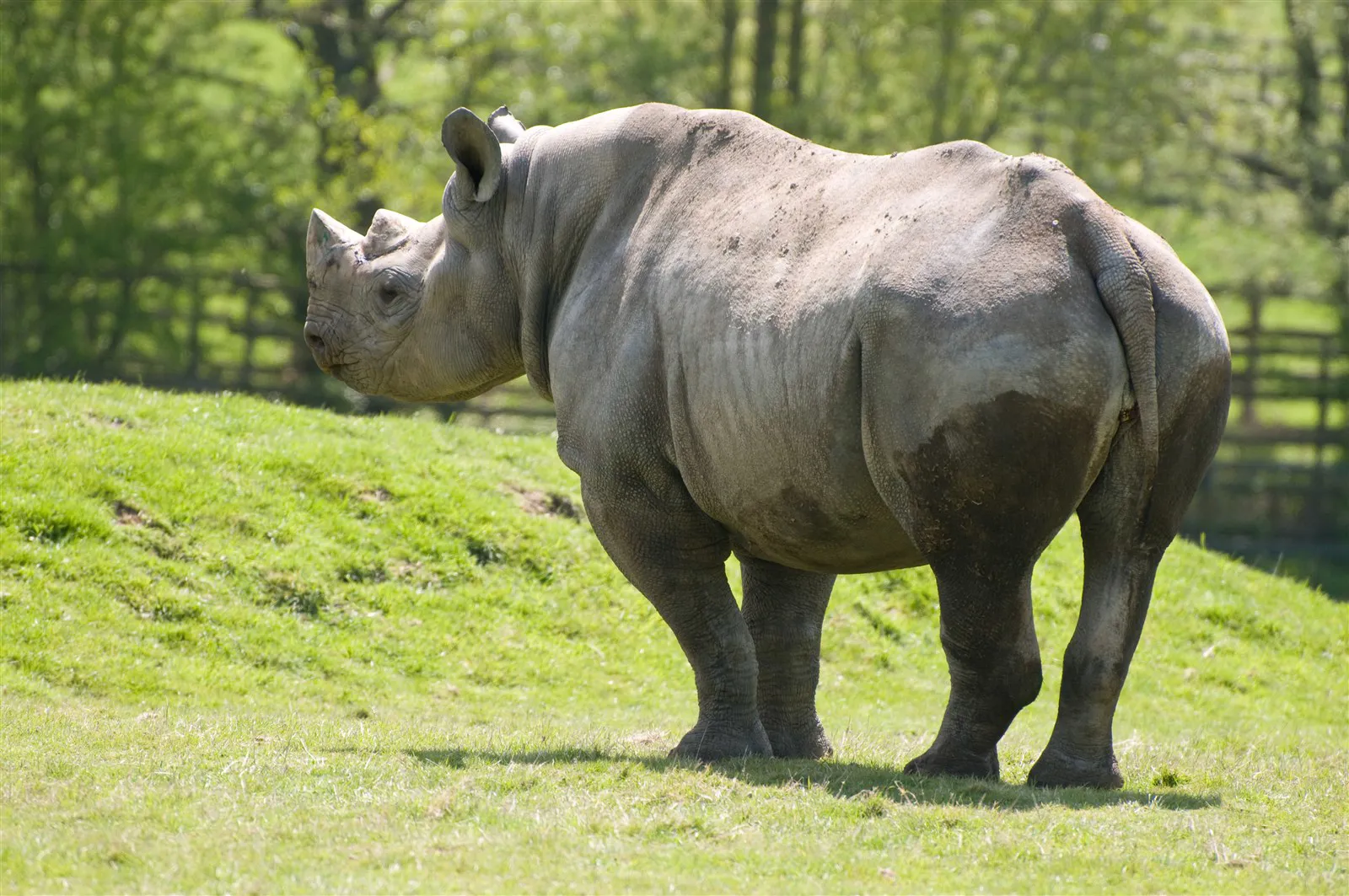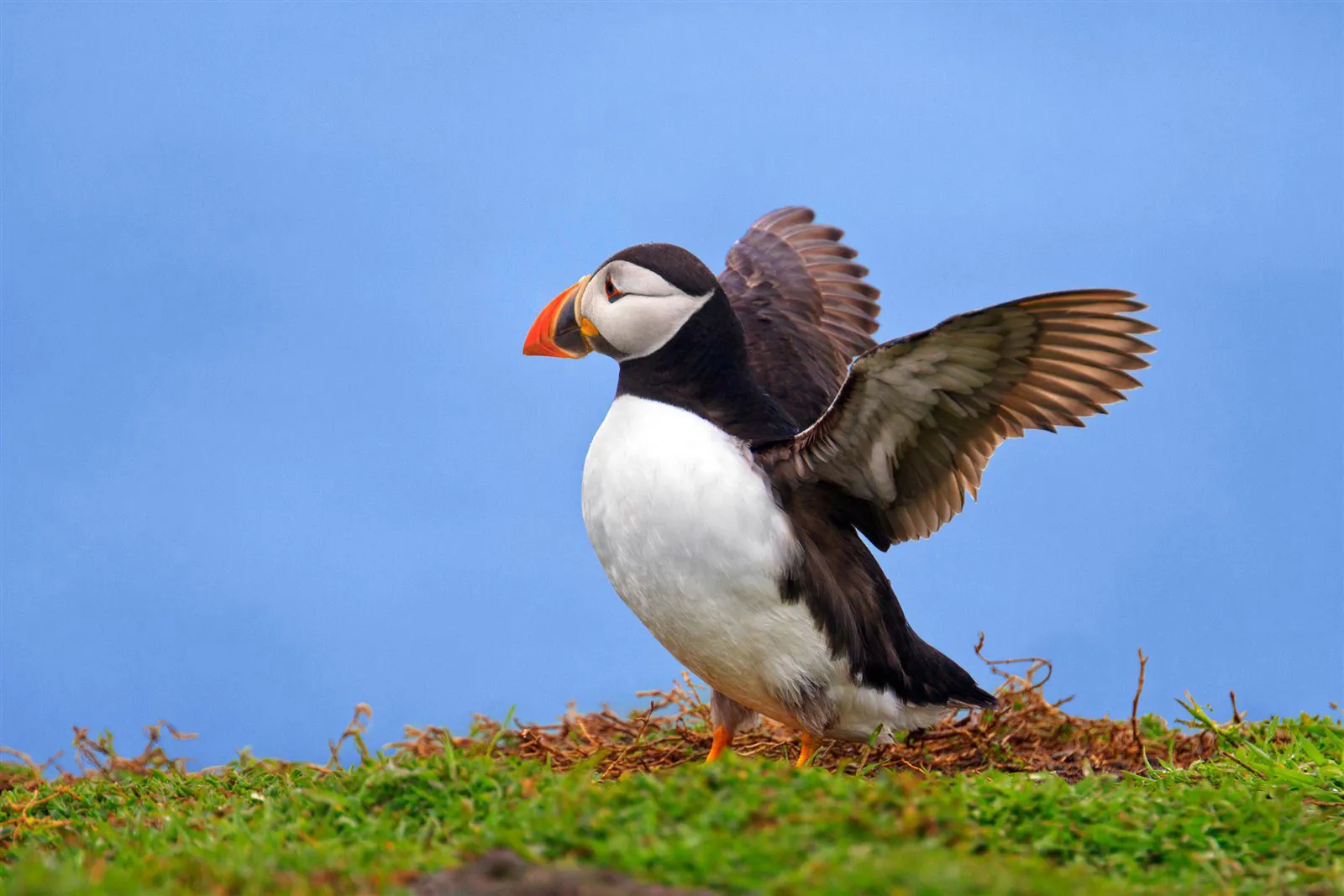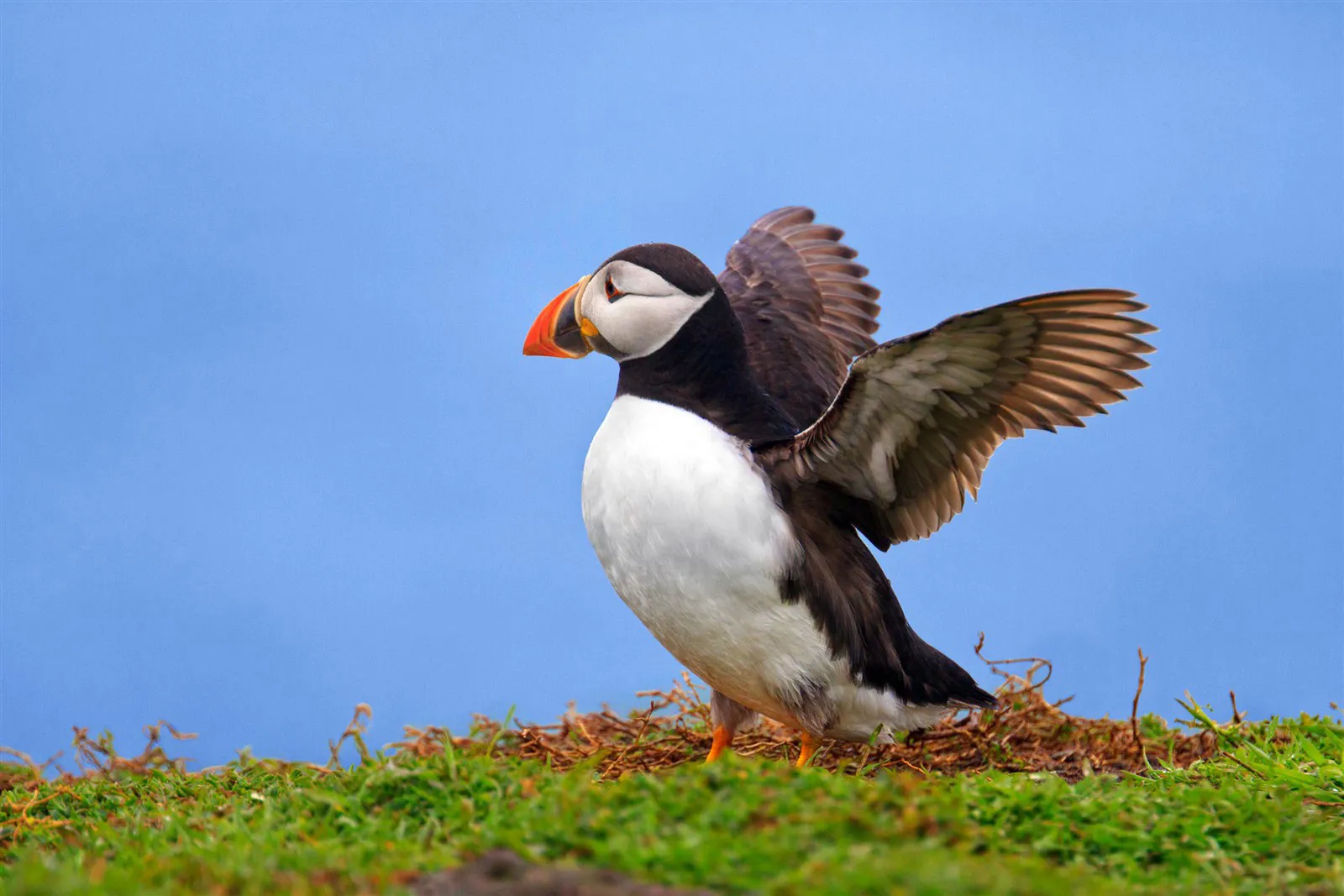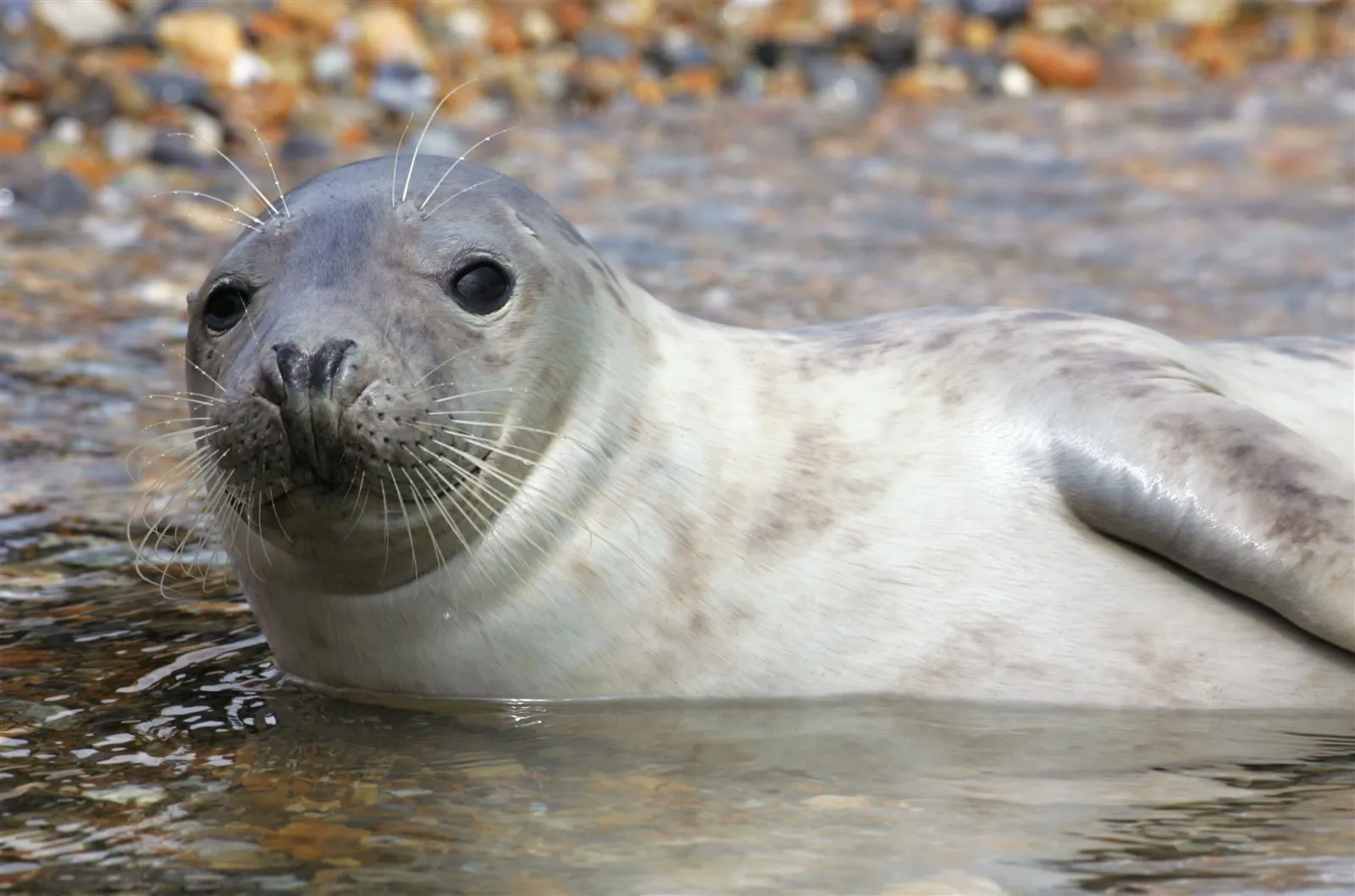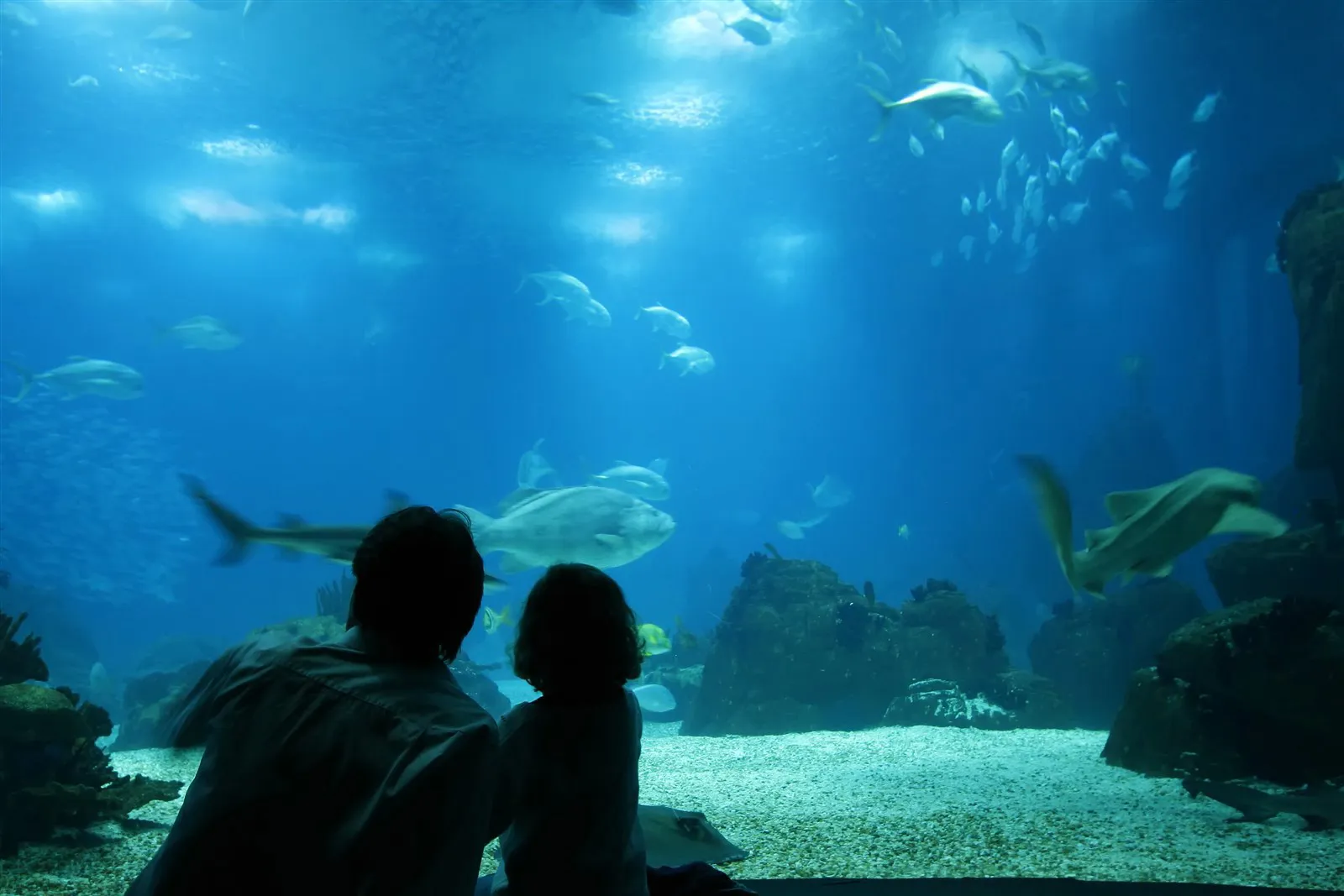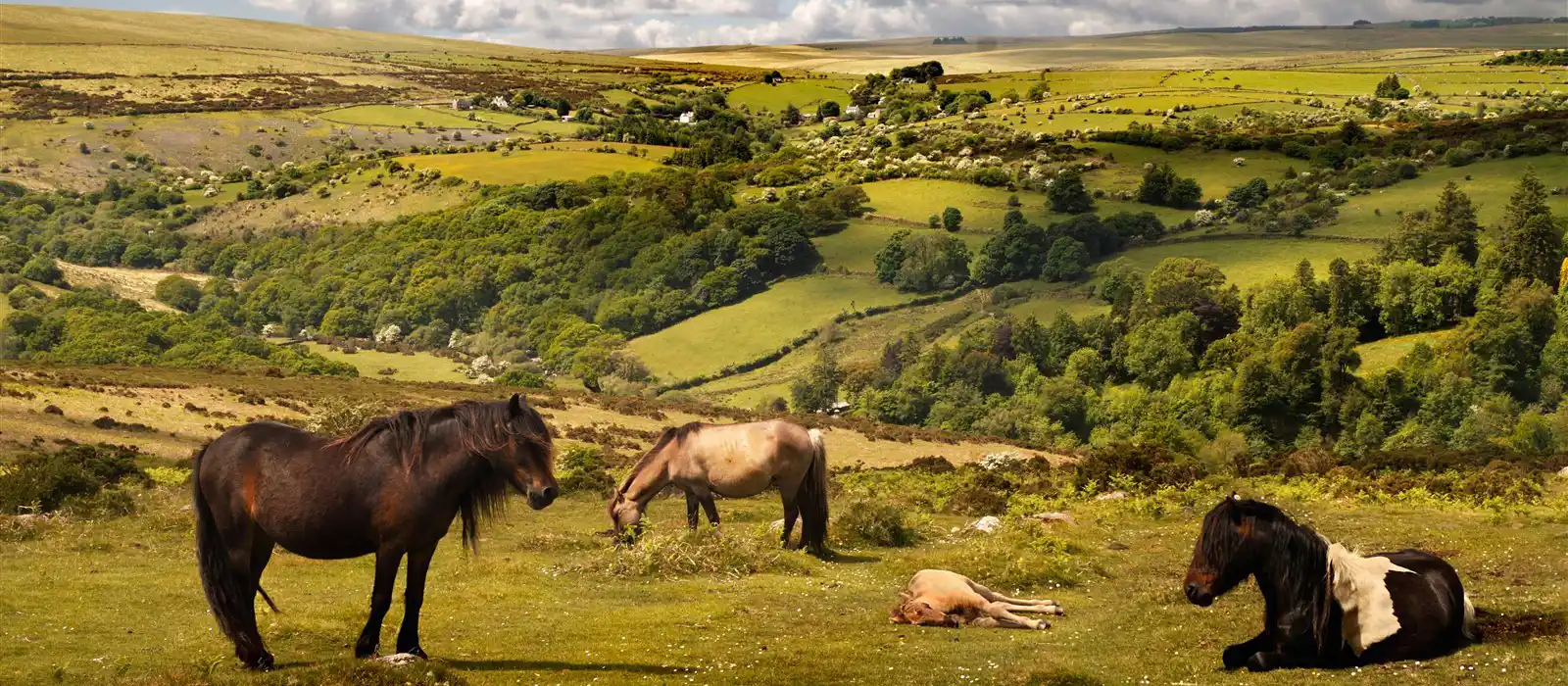
Where to see wildlife in Devon
There is nothing quite like catching sight of animals and birds in the wild and Devon offers an abundance of delights for wildlife enthusiasts thanks to a mix of coastal habitats and diverse interior landscapes.
We’ve put together a selection of six great places to see wildlife in Devon within their natural habitats.
Dartmoor National Park
Dartmoor National Park encompasses a variety of habitats, serving as a home to a wide selection of wildlife species though it is particularly well known for its bird and insect populations. Residents range from butterflies and dormice to otters, buzzards, freshwater shrimp and cirl buntings to name but a few.
In addition to the diverse range of wildlife, the park is also a haven for more than half of Britain’s share of globally threatened species, such as the greater horseshoe bat and the blue ground beetle.
Dartmoor ponies roam freely in the national park and although technically owned by Dartmoor Commoners and not wild, they are wonderful to see nevertheless.
Exmoor National Park
Exmoor National Park is another diverse landscape with excellent wildlife spotting opportunities. Birders can spot kingfishers, Dartford warblers, pied flycatchers and cuckoos, while visitors interested in butterflies may catch glimpses of the Comma butterfly, the small pearl-bordered fritillary and the heath fritillary.
The park is also home to a variety of bat species, as well as red deer, adders and lizards. Perhaps a Land Rover safari is in order?
Like Dartmoor, Exmoor is also well known for its herds of ponies which roam freely.
Cricklepit Mill
Cricklepit Mill is the headquarters and visitor centre of the Devon Wildlife Trust and its garden welcomes a wonderful array of wildlife. Visitors may see freshwater shrimp, kingfishers, wagtails, egrets and herons. Otters are frequently seen too and a hide has been constructed to facilitate viewing of the otters and birds without disturbing them.
A large number of flowering plants also attracts butterflies and bees during summer and visitors can coordinate their trip to coincide with a milling day which provides the opportunity to see how flour is produced at the mill.
Ilfracombe
While there is a lot of fantastic wildlife that dwells on land, the marine animals which frequent Devon’s coastal waters are a big draw too. The harbour porpoise can often be spotted in North Devon without having to step foot off dry land, such as from Capstone Point in Ilfracombe.
If you do feel like taking to the seas, there are a number of boat trips available in Ilfracombe that provide the opportunity to see dolphins, porpoises and seals from the water.
Lundy Island
Lundy Island is situated off the North Devon coast and offers a great selection of wildlife for visitors to see. A large part of the island is a Site of Special Scientific Interest and the waters around the island were designated as the first Marine Conservation Zone in England.
During the summer basking sharks can frequently be spotted in the surrounding waters and they are easy to see as they tend to stay near the surface while feeding. A summer visit is also a good time to catch a glimpse of dolphins, porpoises and even whales if you are lucky.
Grey seals will charm wildlife watchers and the large colony of seabirds includes the likes of razorbills, Manx shearwaters and puffins. Wild goats, sika deer and Soay sheep are some of the larger mammals that live on the island itself, but the island's many rockpools are well worth exploring too.
Meeth Quarry
Meeth Quarry is a large nature reserve where varied landscapes have left their industrial past behind in order to provide an enticing home for many different kinds of wildlife.
Ducks and geese can be seen on the reserve’s lakes, while dragonflies and damselflies frequent the ponds and brown hares and roe deer may be spotted darting from place to place. Skylarks, tree pipits, peregrine falcons and barn owls are some of the other birds that visitors may see, and further winged attractions include the likes of bats as well as wood white and green hairstreak butterflies.
These six splendid locations certainly showcase Devon’s array of wildlife in all their glory!
Download our list of everything of you need to remember for the perfect camping trip!
DownloadThese ideas for days out, places to visit and other experiences offer something for everyone.
Browse Ideas